Seventy-Two Hours in the Green Mountains: Carlos Segnini’s Death Race Story

By MudGear Insider – Guest Spotlight, Carlos Segnini
When Carlos Segnini crossed the start line of the 2025 Summer Spartan Death Race, he wasn’t just showing up for another endurance event. He was stepping into the culmination of years of progression, each race pushing him a little farther, each challenge uncovering another layer of grit he didn’t know he had.
His story didn’t start in Vermont. It started a few years ago with a Spartan Super—a race that showed him just how much more there was to endurance sport than running and lifting weights. “Back then, I was training without a clear goal,” Carlos says. “That Spartan Super showed me there was so much more I needed to do.”
From there, he dove headfirst into the OCR world: trifecta weekends, ultrafecta weekends, and eventually longer endurance events like World’s Toughest Mudder. In 2024, a season pass got him into Hurricane Heats, and those events struck a nerve. Four-hour and twelve-hour versions led to a 24-hour Hurricane Heat in Vermont—the same weekend as the Death Race. At the last minute, he upgraded to the Death Race itself. He lasted 32 hours in that first attempt and walked away knowing he’d be back.
Training for the Unknown
If there’s one thing you can count on with the Death Race, it’s that you can’t count on anything. No published course. No set challenges. No idea how long you’ll be doing any one task.
Carlos trained for that uncertainty by deliberately putting himself in miserable, unpredictable situations. One thousand burpees. Bear-crawling a mile. Rucking up and down a hill for hours. Running in the hottest part of a Texas summer. Hauling logs, buckets, and sandbags. “These workouts weren’t just physical,” he says. “They prepared my mind for those grueling moments when you want to stop but can’t.”
And when he could, he stacked events into the same weekend—like a 24-hour Hurricane Heat on a Friday, then a Beast, Sprint and another 12-hour Hurricane Heat on Saturday, finishing with a Super, and a final 4-hour HH all before Sunday night. "Only three of us finished that,” he says, matter-of-factly.
The Race Begins
The Death Race isn’t one big start line. It’s a series of moments where you realize the game has changed again. The first night brought one of those moments: a navigation challenge through unmarked forest. No roads, no trails—just bushwhacking from point to point, headlamp light bouncing off tree trunks. The rules were clear: get caught on a road, and you’re done.
“We couldn’t see anything,” Carlos recalls. “No houses, no landmarks. If anyone got hurt or lost, there was no easy way to get help.” It was dangerous, disorienting, and strangely thrilling.

Mind Games in the Ravine
Not every challenge in the Death Race is about brute strength. The race is famous for combining mental puzzles with physical suffering.
On the second night, racers descended into a ravine crisscrossed with barbed wire. Movement options: bear crawl or crab walk while taking all your gear. Standing meant starting over—or worse. At the bottom, a laminated copy of Rudyard Kipling’s If waited, tacked to a tree. Racers rolled a dice to determine which stanza to memorize before crawling back out to recite it word-for-word. Get it wrong, and you’re going back down.
Carlos thrived in these kinds of tasks—until the Lego challenge. On the last night, racers hiked to Shrek’s Cabin, memorized a Lego sculpture in 30 seconds, then returned to the farm to rebuild it from memory. Carlos had the shape down by his third lap but kept making small mistakes—choosing the wrong shade of blue, shifting a piece by one slot. Each error felt heavier than the last. “Two people finished before me while making fewer trips. It was frustrating, but I had to reset my mindset and keep going.”
Why He Stayed When Others Left
Out of 39 starters, only six finished in 2025. Some quit from gear failures, others from injuries like trench foot. Some simply reached the point where discomfort won.
Carlos decided long before the race began that quitting wouldn’t be his choice. “I was prepared to be there until they took me out. That decision was made before I even started.”
A Moment That Kept Him Going
Somewhere in the third night, less than ten racers remained. Carlos was walking back from finally completing the Lego challenge, drained and unsure if he had enough time to catch up. Two friends—awake all night to watch—stood by. They weren’t allowed to help. One gave him a hug.
“I don’t remember if we even talked. That hug was all I needed. I went into the next challenge ready to fight again.”
Climbing into the Death Phase
By the final day, racers entered what many call the “Death Phase.” This is where fatigue and intensity collide, and downtime disappears.
One moment Carlos was holding his breath in the freezing Beaver Pond while lifting skulls above the water, the next he was holding someone under water while he breathed through a bamboo straw. He climbed to Shrek’s Cabin—a punishing one-mile hike with 1,000 feet of elevation—again and again. And then came the tire flips: 550 rotations of a tire twice his body weight.
“Every single flip, I thought it would be my last,” he says. “But I just kept going. One at a time until it was done.”
The Truth About the Death Race
Social media often paints the Death Race as pure torture. Carlos says that’s not the full picture. “Every challenge has a purpose. They’re not just trying to make you quit—they’re trying to build you stronger.”
Quitting is expected here, but it’s not always failure. Sometimes it’s the right call. The trick is knowing whether you’ve reached a true limit or just a moment of discomfort.
Feet, Food, and the Right Pack
Carlos’s race-day strategy was simple: test everything in training. His biggest win? Foot care. He rotated two pairs of Speed Ruck boots and one pair of running shoes, always paired with MudGear Rucking Socks, changing into dry socks and reapplying anti-chafing every chance he got.
By the end, his feet were in such good shape that other racers asked for his secret.
Food was constant and varied: gels, gummies, candy bars, crackers, trail mix, sandwiches, boiled potatoes, chicken nuggets. “You never know what your stomach will handle after that much effort, so I brought options.”
His GR2 34L ruck bag was worth every penny. The only mishap was a broken sandbag, which he’d packed with two smaller filler bags—keeping him in the game.
What Comes Next
The Death Race didn’t mark an endpoint for Carlos—it opened another chapter. He’s already signed up for the 2026 Winter Death Race, ready to see what the cold will reveal.
“I’m still trying to find my limits. This race breaks you down to your core, but it forges something in you—real grit, raw truth, unshakable friendships, and the kind of strength that shows up when you think you have nothing left.”
If you’re thinking about entering the Death Race, Carlos’s advice is simple: commit first, then train. Do Hurricane Heats. Prepare for the unknown. Fail in training so you know how to recover. And above all, get comfortable being uncomfortable.
Because if there’s one constant in the Death Race, it’s that the only way through is forward—one step, one crawl, one tire flip at a time.

Want to see more from Carlos’s training, races, and OCR adventures? Follow him on Instagram: @solstiziofit



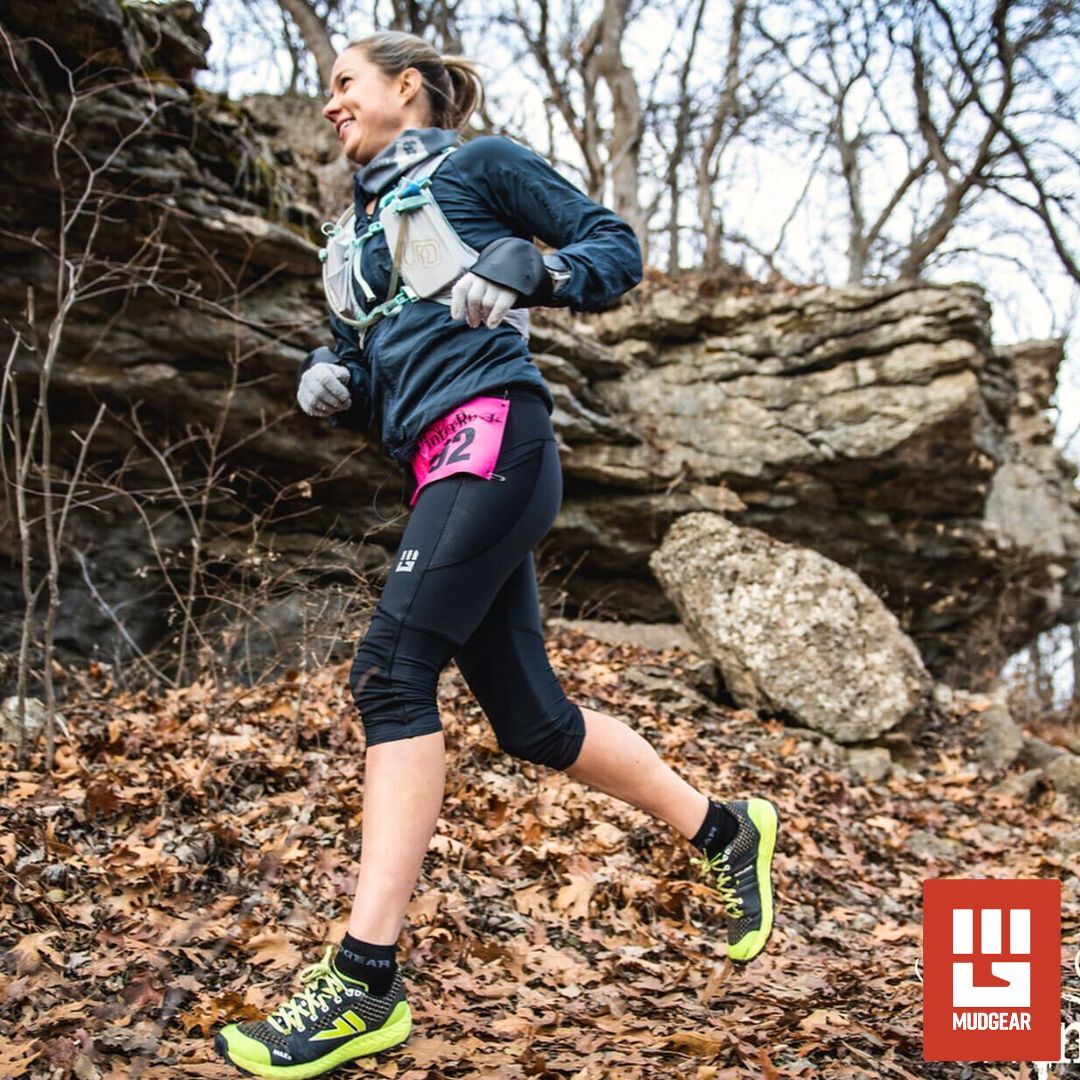
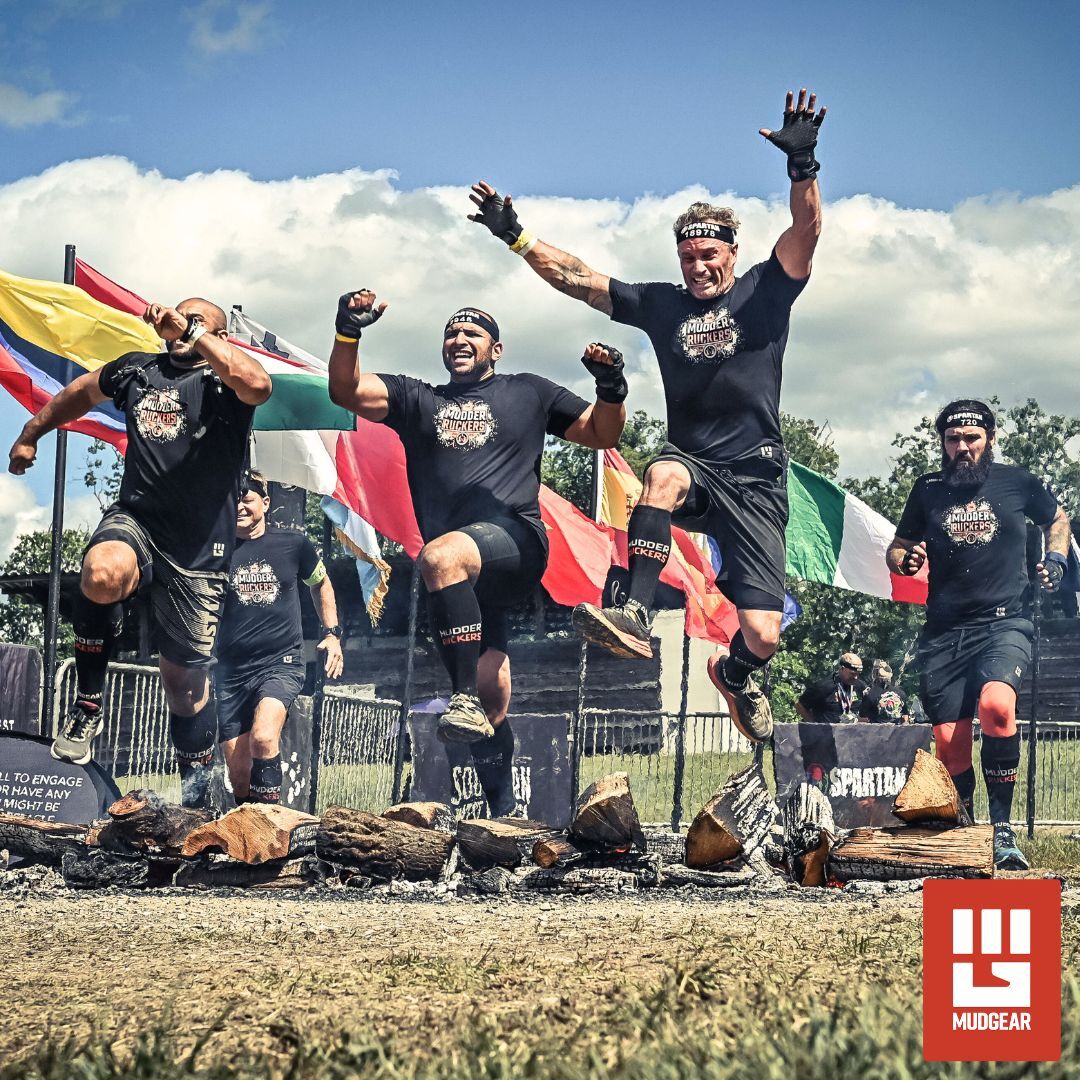
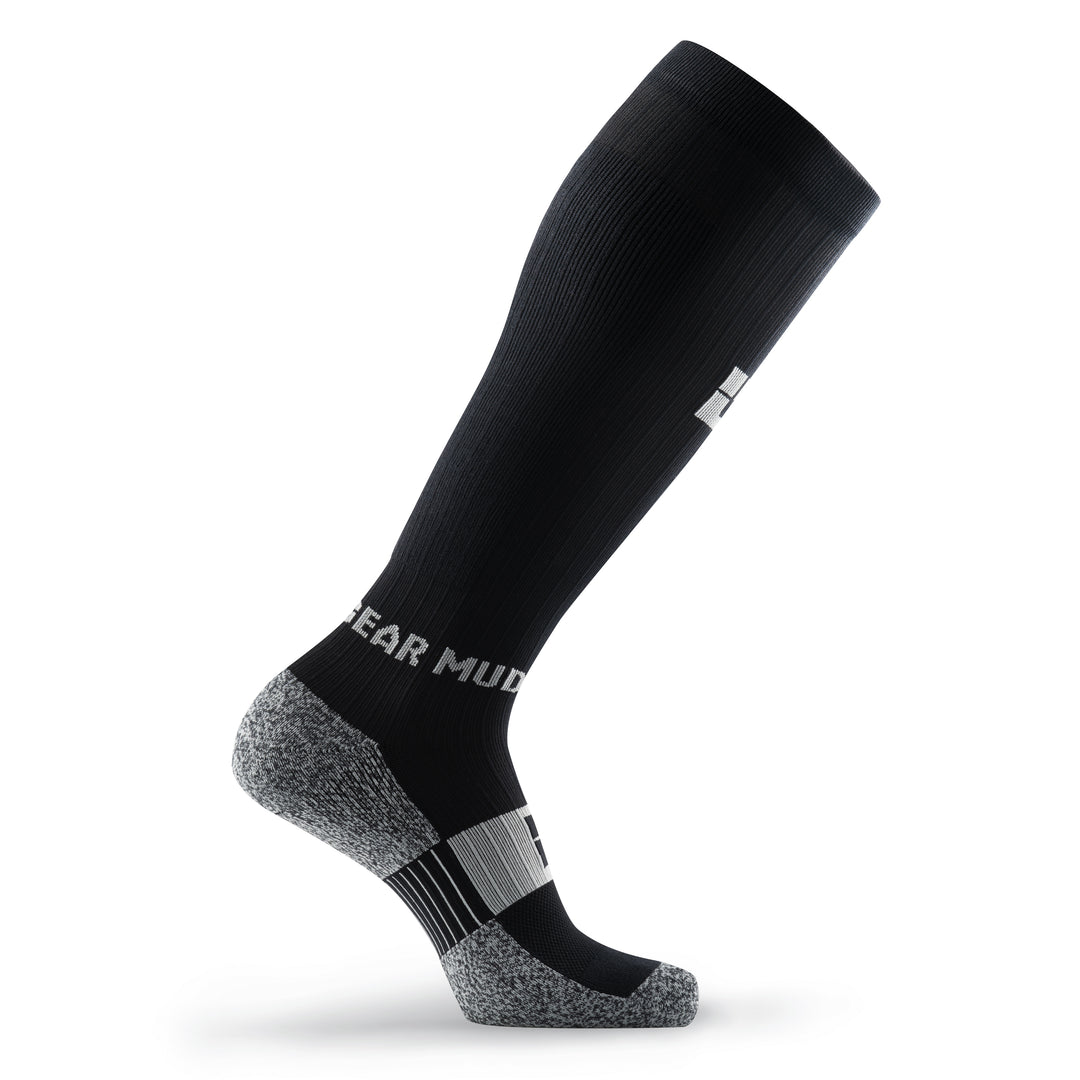
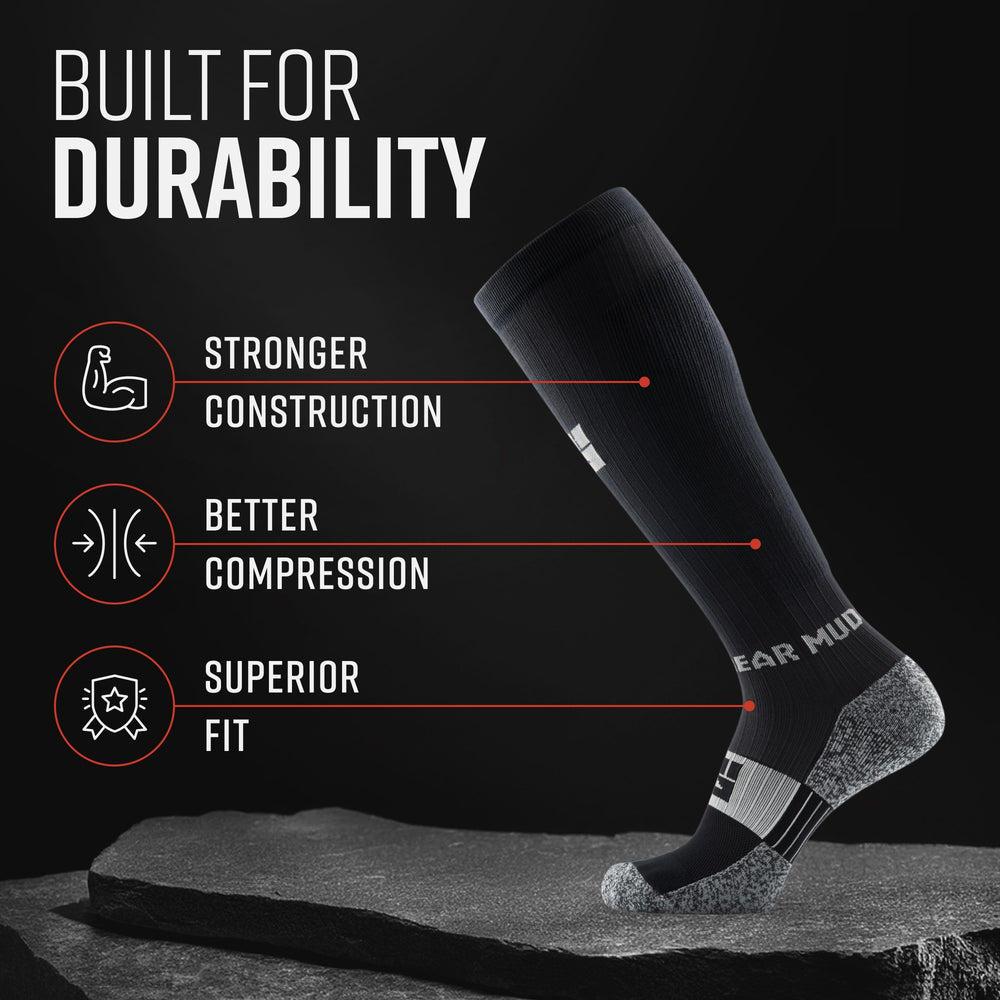
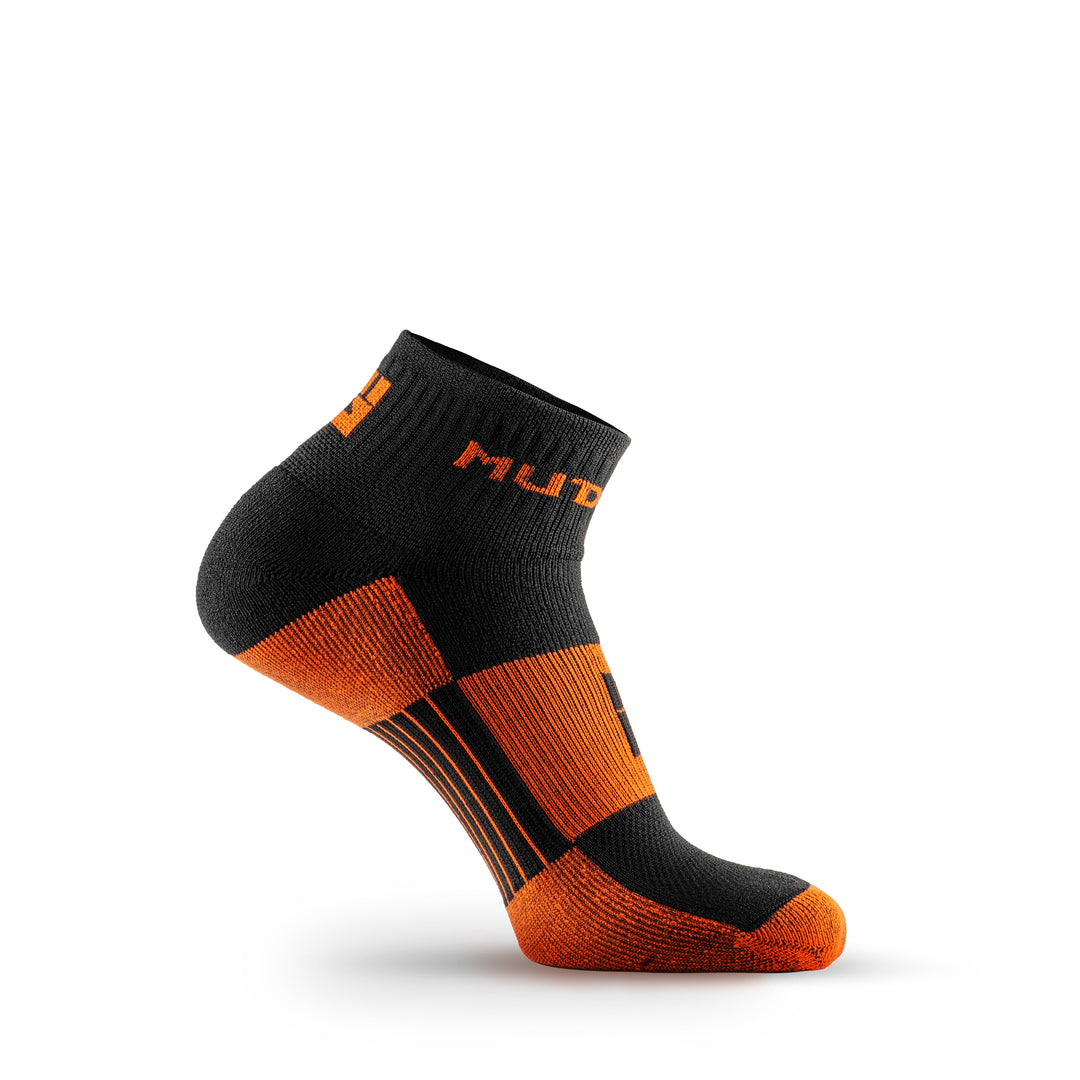
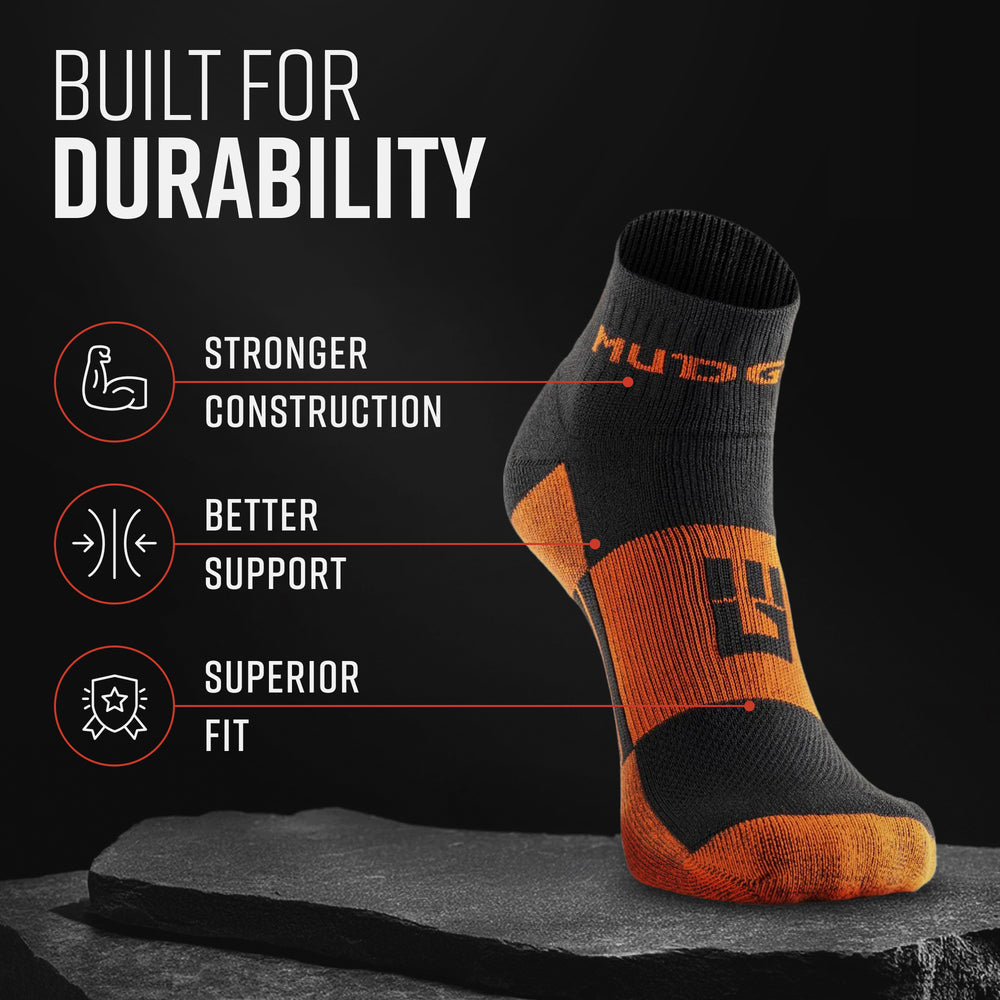



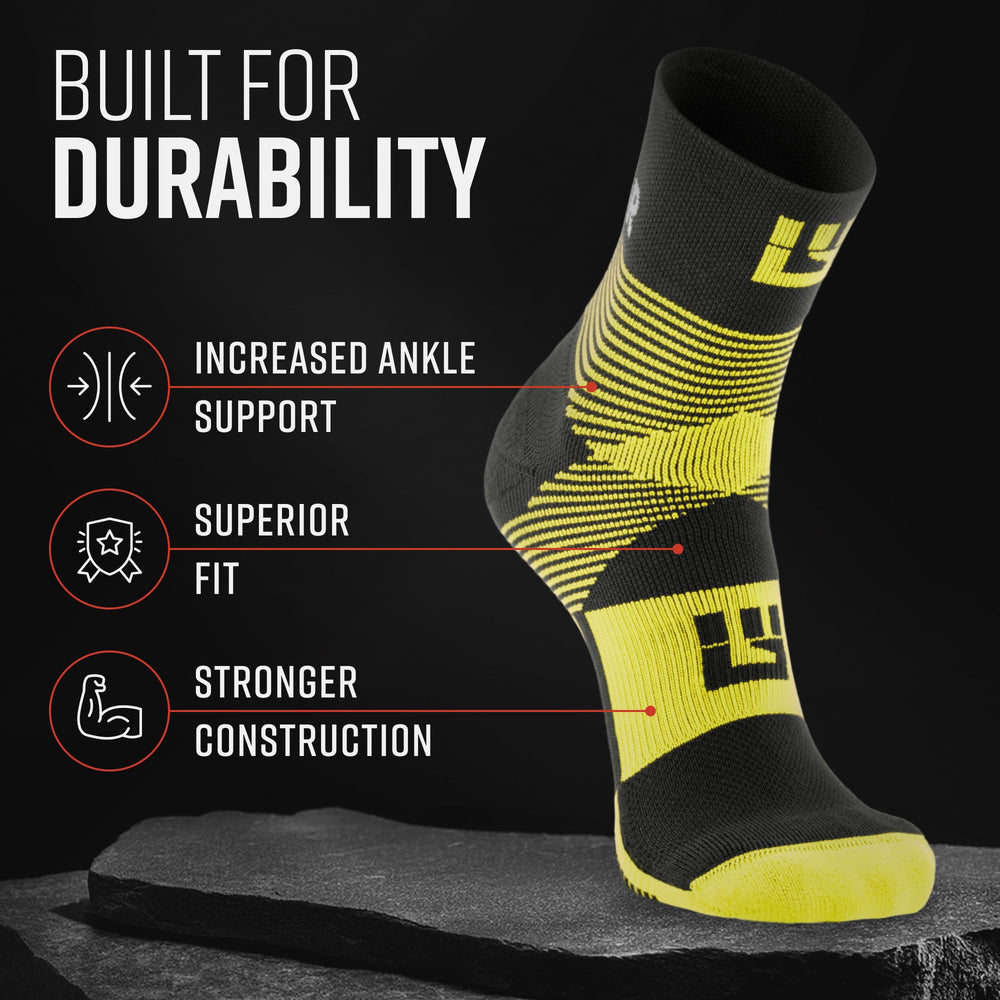

Leave a comment